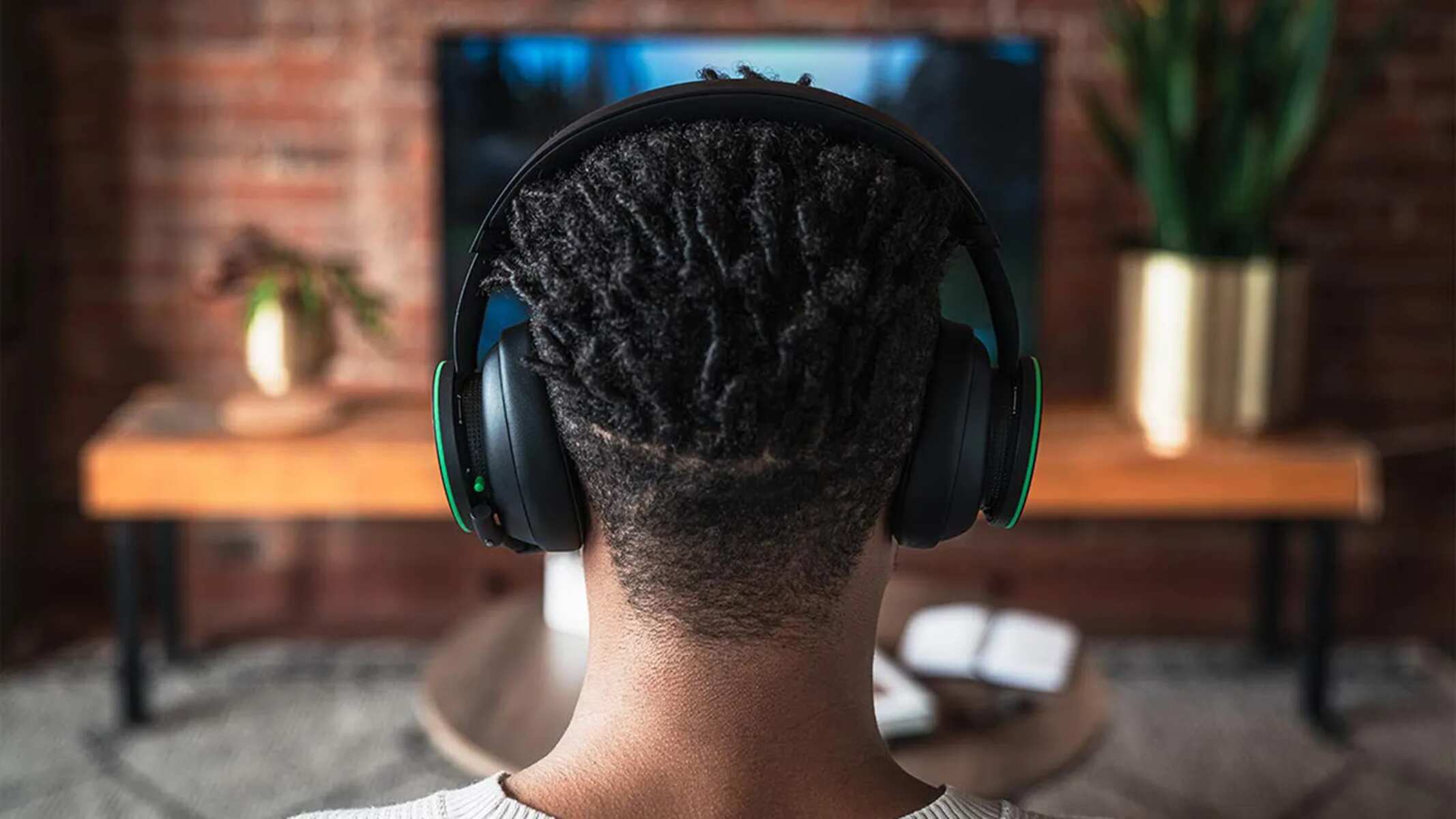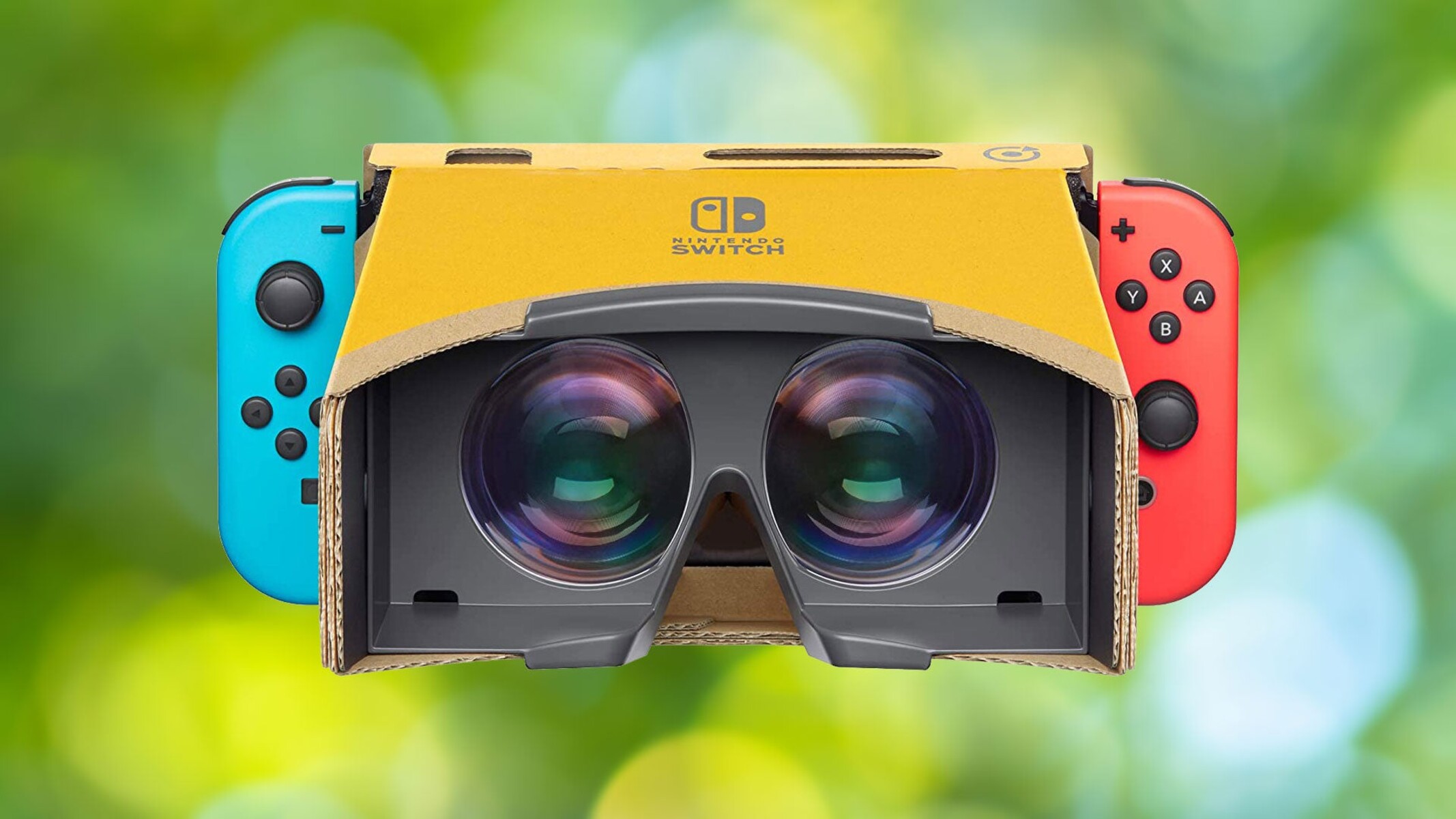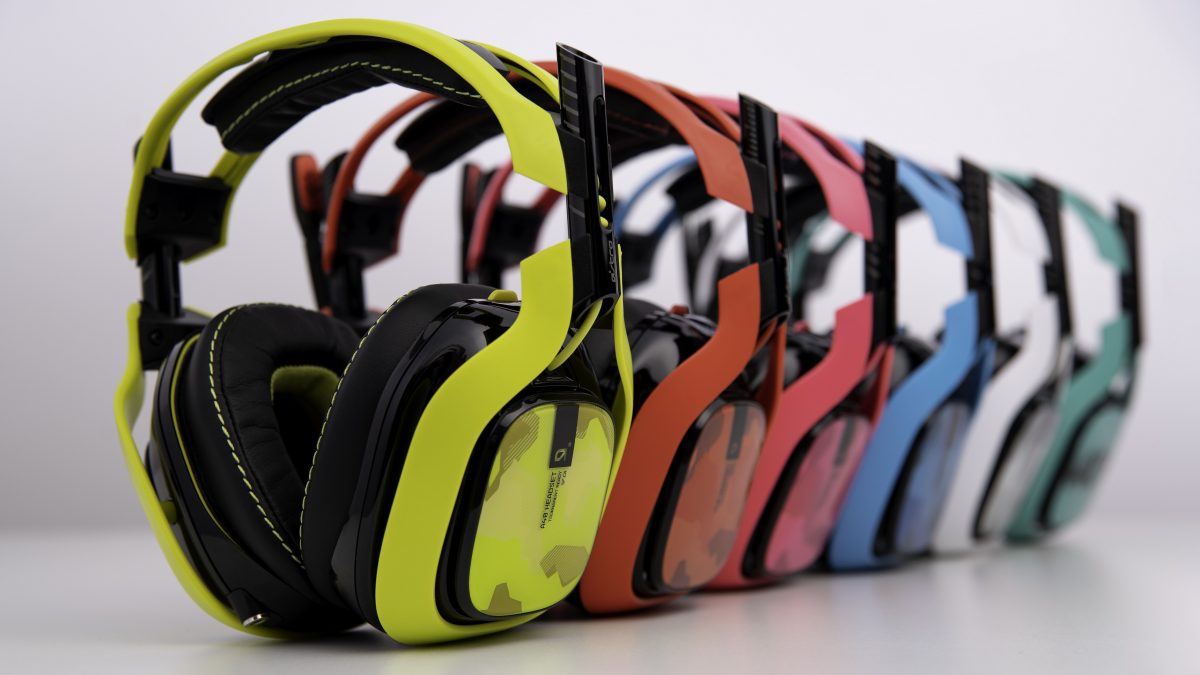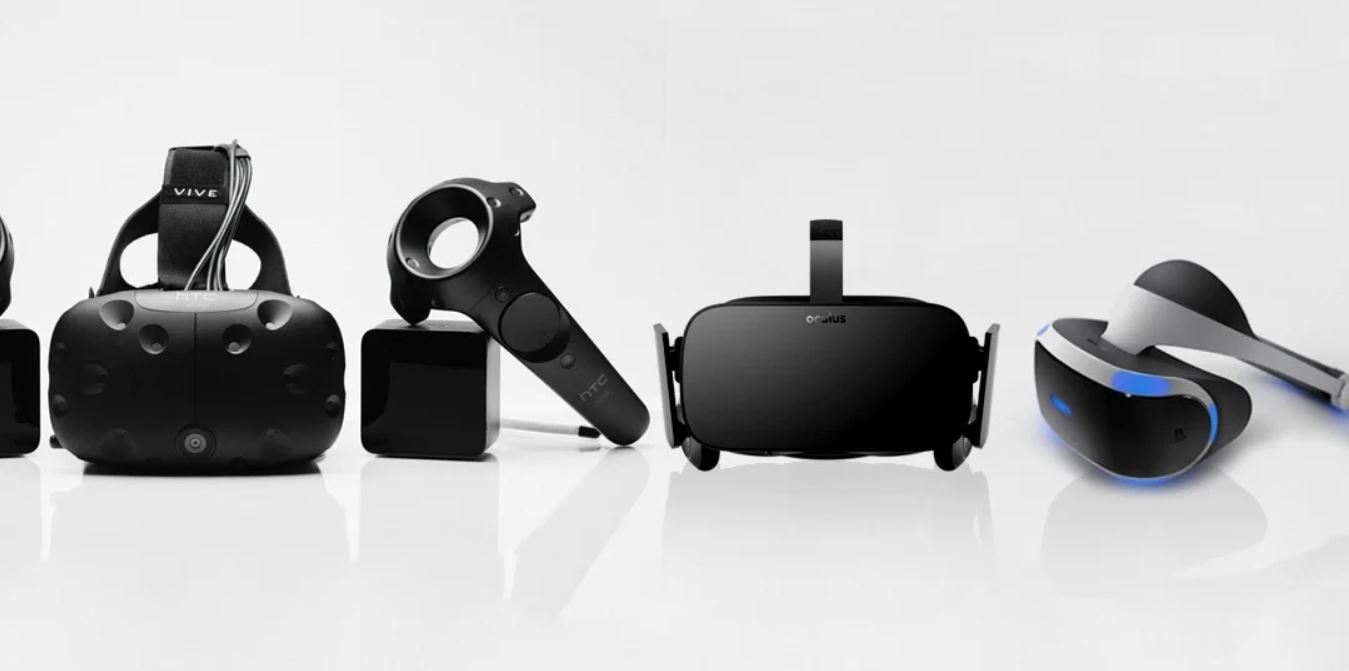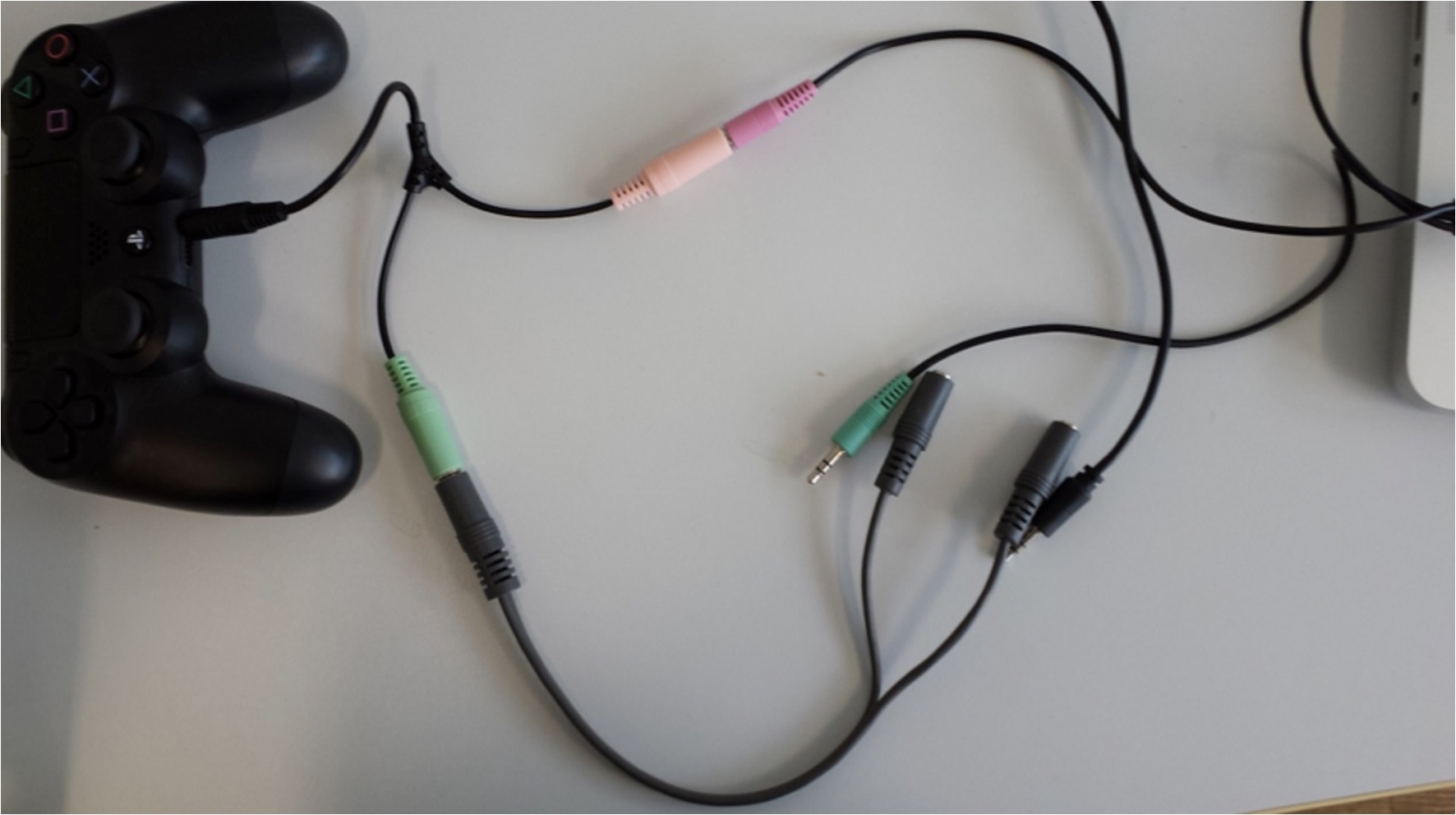Understanding Your Gaming Needs
Choosing the right gaming headset begins with a clear understanding of your gaming habits and preferences. Consider the following factors to ensure that your new headset aligns with your unique gaming needs:
- Gaming Environment: Assess the typical gaming environment you find yourself in. Are you primarily a PC gamer, or do you prefer consoles such as PlayStation or Xbox? Understanding your gaming platform will help narrow down the options, as certain headsets are optimized for specific platforms.
- Gaming Genre: Take into account the types of games you most frequently play. For example, if you are an avid fan of immersive open-world adventures, you may prioritize headsets with exceptional soundstaging and spatial awareness. Conversely, competitive gamers might prioritize precise audio cues and clear communication capabilities.
- Duration of Gaming Sessions: Reflect on the duration of your gaming sessions. If you often engage in marathon gaming sessions, comfort and ergonomics become paramount. Look for headsets with plush cushioning, adjustable bands, and lightweight designs to minimize fatigue during extended use.
- Portability: If you attend gaming events or prefer gaming on the go, portability is crucial. Opt for a headset that is not only durable but also easily transportable, ensuring that you can enjoy high-quality audio regardless of your location.
- Personal Preferences: Consider any specific features or functionalities that are important to you. Whether it’s customizable RGB lighting, wireless connectivity, or a detachable microphone, identifying your personal preferences will guide you toward a headset that caters to your individual gaming style.
By comprehensively understanding your gaming needs, you can make an informed decision when selecting a new gaming headset that seamlessly integrates with your gaming lifestyle.
Considering Comfort and Fit
When investing in a new gaming headset, prioritizing comfort and fit is essential to ensure an immersive and enjoyable gaming experience. Consider the following aspects to guarantee that your chosen headset provides optimal comfort and a secure fit:
- Adjustable Headband and Ear Cups: Look for headsets with adjustable headbands and swiveling ear cups. This feature not only accommodates various head sizes but also ensures a personalized fit, minimizing discomfort during extended gaming sessions.
- Cushioning and Material: Assess the quality of the cushioning and material used in the ear cups and headband. Memory foam padding and breathable materials can enhance comfort and reduce heat buildup, allowing for prolonged wear without causing discomfort.
- Weight Distribution: Consider the weight distribution of the headset. Lightweight designs with well-balanced weight distribution prevent strain on the neck and head, promoting comfort even during lengthy gaming sessions.
- Noise Isolation and Leakage: Evaluate the noise isolation and leakage capabilities of the headset. Effective noise isolation ensures that external distractions are minimized, while limited sound leakage prevents disturbance to those around you.
- Clamping Force: Assess the clamping force of the headset. An optimal balance is crucial – a secure fit without excessive pressure ensures comfort without sacrificing stability during vigorous movements.
By carefully considering the comfort and fit of a gaming headset, you can prioritize your physical well-being during gaming sessions while immersing yourself in high-quality audio and seamless communication.
Evaluating Sound Quality
When selecting a new gaming headset, evaluating sound quality is paramount to fully immerse yourself in the gaming experience. The following considerations will help you assess and prioritize sound quality:
- Audio Drivers: Pay attention to the type and size of the audio drivers in the headset. Larger drivers generally produce richer and more detailed sound, while different driver types, such as dynamic, planar magnetic, or electrostatic, offer unique sonic characteristics.
- Frequency Response: Examine the frequency response range of the headset. A wider frequency range allows for more accurate reproduction of audio, capturing both deep bass and crisp trebles for a more immersive gaming experience.
- Soundstaging and Imaging: Consider the soundstaging and imaging capabilities of the headset. Accurate soundstaging creates a sense of space and directionality, crucial for spatial awareness in games, while precise imaging ensures that audio cues are accurately positioned within the virtual environment.
- Virtual Surround Sound: Evaluate the implementation of virtual surround sound technology in the headset. This feature can provide a more expansive and immersive audio experience, enhancing positional audio cues and overall spatial awareness in games.
- Microphone Monitoring: Some headsets offer microphone monitoring, allowing you to hear your own voice in the headset. This feature can prevent unintentional shouting and help maintain a balanced vocal volume during multiplayer gaming sessions.
By carefully evaluating the sound quality aspects of a gaming headset, you can ensure that every auditory detail in your games is faithfully reproduced, enhancing your overall gaming experience.
Examining Microphone Quality
When choosing a gaming headset, the quality of the microphone is a critical factor, particularly for multiplayer gaming and communication. Consider the following aspects to thoroughly examine the microphone quality of potential headsets:
- Voice Clarity: Assess the clarity and fidelity of the microphone’s voice reproduction. A high-quality microphone should accurately capture and transmit your voice without distortion or background noise, ensuring clear communication with teammates and other players.
- Noise Cancellation: Look for headsets equipped with noise-canceling microphones. This feature effectively reduces background noise, such as keyboard clicks or ambient sounds, allowing for clearer and more intelligible voice transmission during gaming sessions.
- Microphone Directionality: Consider the directionality of the microphone. Unidirectional microphones focus on capturing sound from one direction, minimizing ambient noise, while omnidirectional microphones capture sound from all directions, offering a broader pickup range.
- Flexibility and Adjustability: Evaluate the flexibility and adjustability of the microphone boom. A flexible and adjustable microphone allows for precise positioning, ensuring optimal vocal pickup and comfort during extended use.
- Mute and Monitoring Features: Some headsets offer convenient mute and monitoring features. A flip-to-mute microphone or built-in monitoring capabilities can provide added control and convenience during gaming sessions.
By thoroughly examining the microphone quality of a gaming headset, you can ensure that your voice is accurately and clearly transmitted, facilitating seamless communication and collaboration with fellow gamers.
Assessing Compatibility and Connectivity
When selecting a new gaming headset, it is crucial to assess its compatibility with various gaming platforms and connectivity options. Consider the following factors to ensure seamless integration and optimal connectivity:
- Platform Compatibility: Determine the compatibility of the headset with your gaming platform. Whether you primarily game on PC, console, or mobile devices, ensuring that the headset is compatible with your preferred platform is essential for a hassle-free setup and usage.
- Wired and Wireless Connectivity: Evaluate the available connectivity options, including wired and wireless capabilities. Wired headsets often provide low-latency audio and consistent connectivity, while wireless headsets offer enhanced freedom of movement and convenience, albeit with considerations for battery life and potential latency.
- Connection Interfaces: Consider the connection interfaces supported by the headset. Whether it utilizes USB, 3.5mm audio jacks, or proprietary connectors, verifying the compatibility with your gaming devices and ensuring the availability of required adapters, if necessary, is essential.
- Compatibility with Audio Software: Some gaming headsets offer compatibility with specific audio software or virtual surround sound platforms. Assess whether the headset integrates seamlessly with the audio software you prefer to use, enhancing the overall audio experience in games and other multimedia content.
- Multi-Platform Support: If you engage in gaming across multiple platforms, consider headsets with multi-platform support. Versatile headsets that can seamlessly transition between different gaming devices offer flexibility and convenience for avid gamers.
By thoroughly assessing the compatibility and connectivity features of a gaming headset, you can ensure that it seamlessly integrates with your preferred gaming platform and provides reliable connectivity, enhancing your overall gaming and audio experience.
Setting a Budget
Establishing a clear budget is a crucial step when considering the purchase of a new gaming headset. By setting a budget, you can effectively narrow down your options and prioritize features that align with your financial parameters. Consider the following factors when setting a budget for your new gaming headset:
- Feature Prioritization: Determine the key features and functionalities that are essential to your gaming experience. Whether it’s advanced sound quality, premium build materials, or wireless connectivity, identifying your priorities will guide you in allocating your budget effectively.
- Long-Term Investment: Consider the headset purchase as a long-term investment. While setting a budget, evaluate the durability and longevity of the headset, aiming to strike a balance between upfront cost and long-term value to avoid frequent replacements.
- Additional Accessories: Account for any additional accessories or peripherals that may complement your gaming headset. This could include headset stands, carrying cases, or audio amplifiers. Factoring these into your budget ensures a comprehensive and satisfying gaming setup.
- Comparative Research: Conduct thorough research to compare the features and prices of different gaming headsets within your budget range. Look for user reviews and expert opinions to gauge the overall value and performance offered by various models.
- Future Scalability: Anticipate any potential future upgrades or expansions to your gaming setup. Investing in a headset that offers scalability or compatibility with future devices can provide long-term value and flexibility, aligning with your evolving gaming needs.
By carefully setting a budget for your new gaming headset and considering the aforementioned factors, you can make an informed and financially sound decision, ensuring that your chosen headset delivers the desired features and performance within your specified budget.









